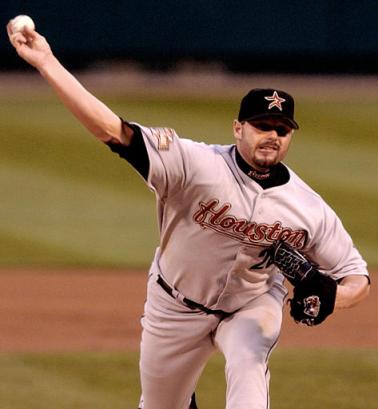Redbird said:
What is a proper foot plant? Does the foot plant occur in the same place every pitch or does it vary based on location?
***********************************************
The method I taught to my son and others was based upon James Madison University's, Joe Spanky McFarland
http://www.jmusports.com/Team/Coaches/3_2_Bio.asp?TeamID=3He covers your question in his book "Coaching Pitchers".
Basically his approach is to eliminate any unnecessary movement or inconsistencies in the pitching form. The plant step should be as consistently in the same location with each pitch. He covers this with graphics to make it easy to see what he means.
He recommends that the pitcher set up be with the feet on the outside edges of the rubber. This helps to insure that the hips open fully with each pitch and similarly prevents overstepping beyond the centerline.
The foot plant is similarly covered and he recommends that the foot be slightly closed, and that the foot come down in a controlled manner based upon a smooth step-down (drop) and go, and that it land flat, with the weight slightly to the outside half of the foot.
When my son first started pitching I had him draw a box on the mound with his foot or a stick, which served to be there if he needed to clean his cleats while pitching, and look down after he finished each pitch to check two things. One, the impression left after the pitch to see if he hit with his heel, and secondly to check to see if his cleat impression was closed.
What usually happens if the pitcher doesn't slightly bend his knee on the go stride just before his foot hits, his heel will hit first. Look at Clemens for confirmation of that.
A stiff knee that causes the heel to hit first usually causes the pitcher to roll over his foot and off to the side rather than end up in balance with his body open to the target ready to field his position.





